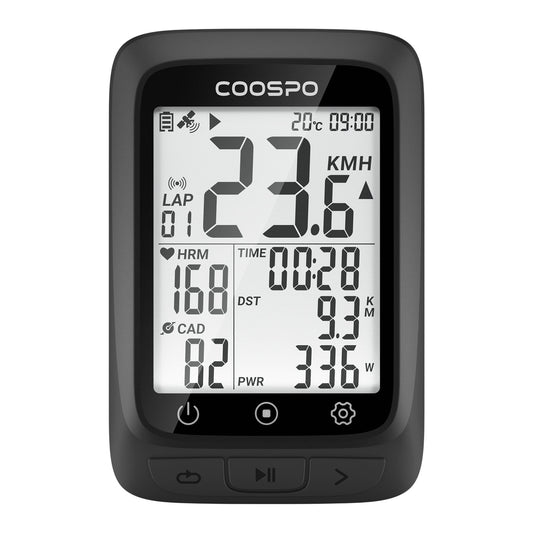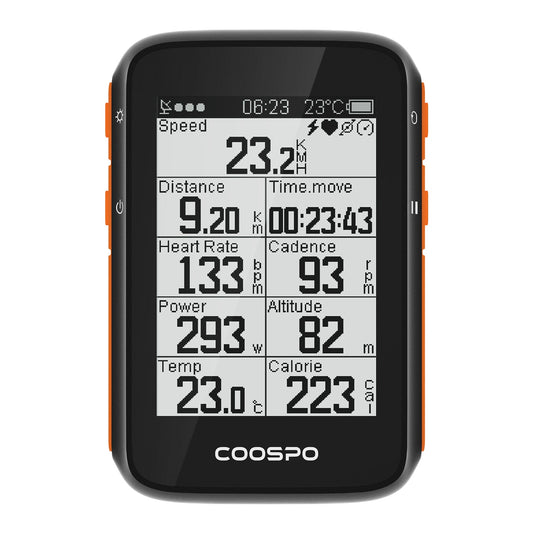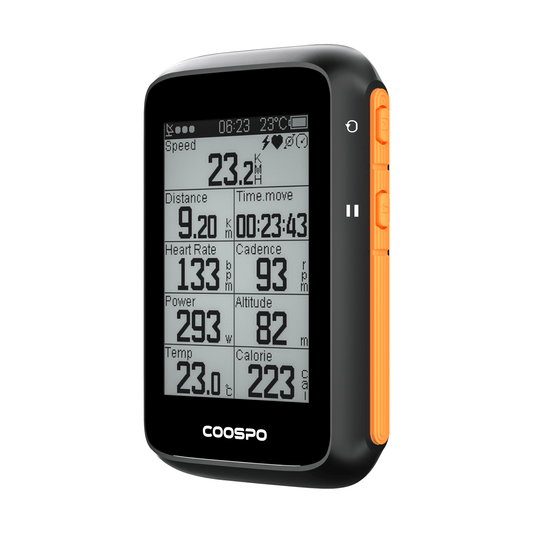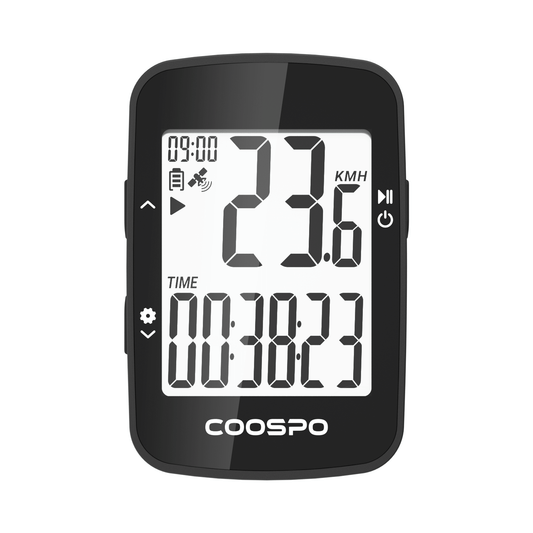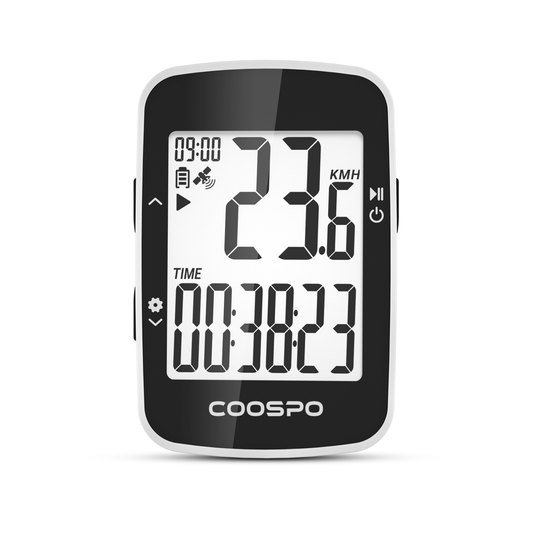Reasons to Use a Heart Rate Monitor During Exercising
Technology has revolutionized how people exercise in the fitness industry. Whether you're a beginner or a lifelong enthusiast, you may have heard about using a heart rate monitor. This little device measures your heart rate in beats per minute (BPM) while you work out.
Exercise machines like treadmills, cycling bikes, rowing machines, and ellipticals may have built-in heart rate monitors that monitor the heart's electrical signals through the user's hands. Alternatively, there are external heart rate monitors available that consist of an electrical chest strap worn directly on the heart to accurately measure heart rate by reading the heart's electrical signals.
There are also wearable heart rate monitors with LED technology that can accurately measure blood vessel dilation under the skin during elevated heart rates. These trackers are popular because they are easy to wear all the time and provide accurate readings during moderate or prolonged physical activity.
Using smartphone apps to measure heart rate has been recommended, even though they may not be as accurate as specialized heart rate monitors. Wearing a heart rate monitor during physical activities can still lead to improvements in overall health and well-being. There are many reasons to using a heart rate monitor during your exercise.
Optimize Workout Intensity
Exercise physiologist Dr. John Smith says it's crucial to keep your workout intensity at the right level to get the most out of your fitness routine.
Heart rate monitors keep track of how many times your heart beats in a minute. This helps you figure out which intensity level you are exercising at, such as low, moderate, aerobic, vigorous, or maximum intensity.
Target heart rate zones are based on age and help individuals exercise effectively without overexerting themselves. Staying within these zones during workouts can boost cardiovascular health.

You can tell how hard you're working out by checking your heart rate. This shows how much effort your heart is putting in to supply oxygen to your muscles. Knowing your heart rate zone during exercise can help you improve your fitness routine and reach your goals.
The intensity of our workout can be gauged by how fast our heart is beating. A higher heart rate means we are putting in more effort and using more oxygen to create energy, as well as getting rid of waste like CO2 from our bodies. To improve our body's ability to switch between different energy sources, we need to work out at different levels of intensity. This includes going into higher heart rate zones to improve endurance, as well as working out at lower intensities to build strength and allow for proper rest between sets.
Heart rate monitors can help people track their heart rate during exercise. This allows them to adjust the intensity of their workout to reach their training goals, like improving endurance or burning fat more efficiently.
Track and Improve Fitness Level
Keeping track of your fitness progress is important for setting realistic goals and determining how effective your workouts are. Dr. Emily Jones, an expert in sports science and fitness, emphasizes the importance of monitoring your heart rate data to get an accurate picture of your cardiovascular fitness and exercise performance. This data can help you see how you are improving over time.
With regular training and practice over time, people will see an improvement in their ability to keep their heart rate lower during exercise. This shows that they are getting stronger and improving their overall fitness level.
If you notice that your heart rate is staying steady even while doing the same amount of exercise, it means you are in good shape for that workout.
Prevent Overexertion and Injury
Overexertion during exercise can lead to fatigue, injury, and diminished performance.
A recent study in the British Journal of Sports Medicine found that athletes with lower heart rate variability (HRV) are more likely to get injured from over-training. This highlights the importance of monitoring HRV to prevent injuries. Coospo HW807 armband heart rate monitor can clearly show how hard your heart is working during exercise. By tracking HRV with a heart rate monitor and adjusting exercise intensity accordingly, people can reduce the risk of over-training injuries.
Participating in challenging activities that test your endurance is key to reaching peak physical fitness. However, it's not necessary to always work out at maximum intensity unless you are a professional athlete. It's more important to find a balance and incorporate a variety of exercises to improve overall fitness.
Keeping track of your heart rate is important during intense workouts like high-intensity training or HIIT. Monitoring your heart rate can help prevent overdoing it and improve your performance. Knowing your heart rate levels can also help determine how much rest you need between sessions to perform your best.
Coospo heart rate monitor also can set the maximum heart rate value and alert you when you arrive it to prevent the Overexertion.

Enhance Weight Loss and Calorie Burn
For people looking to lose weight, it's important to burn as many calories as possible during exercise.
Heart rate monitors can estimate the number of calories you burn during exercise by taking into account your age, weight, gender, heart rate, how long you exercise, and how hard you are working. Keep in mind that these estimates may not always be exact. Typically, the formula starts with a baseline of around 100 calories burned every 10 minutes, with more calories burned as the intensity of your workout increases.
To burn fat efficiently, exercise at the right heart rate. Find the sweet spot where you're pushing yourself enough to use fat as fuel, but not so hard that you're burning mainly glucose. This way, you'll maximize your fat-burning potential.
Personalize Training Programs
Heart rate monitors provide important information that can help tailor training recommendations to match individual fitness goals and physical responses.

For example, if you want to improve your endurance or resilience for specific physical activities, focus on working out in the aerobic heart rate range, which is typically between 70% and 80% of your maximum heart rate. If you want to increase your speed, prioritize training in the anaerobic zone, which is between 80% and 90% of your maximum heart rate. This zone involves your body's energy production without enough oxygen.



